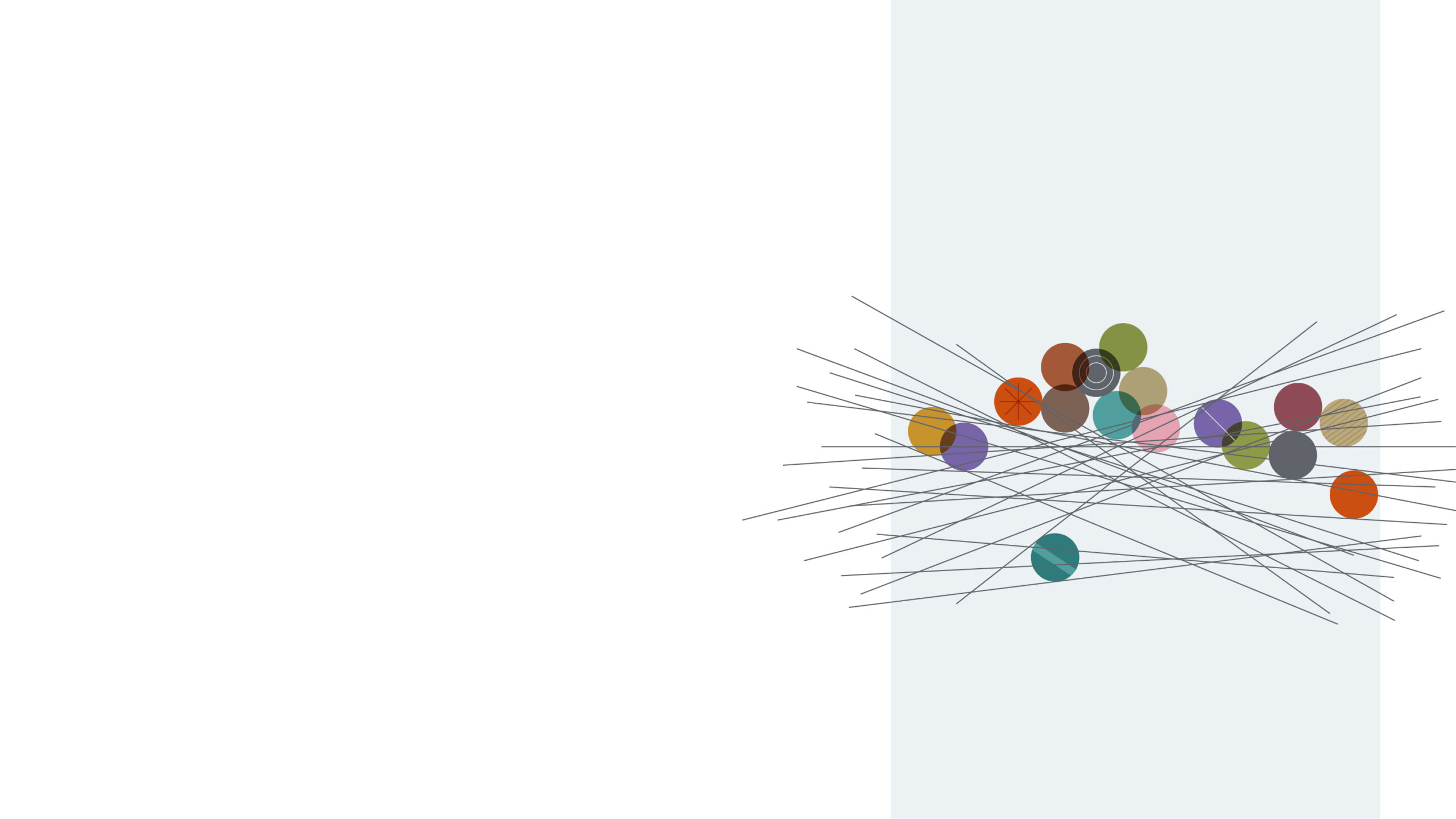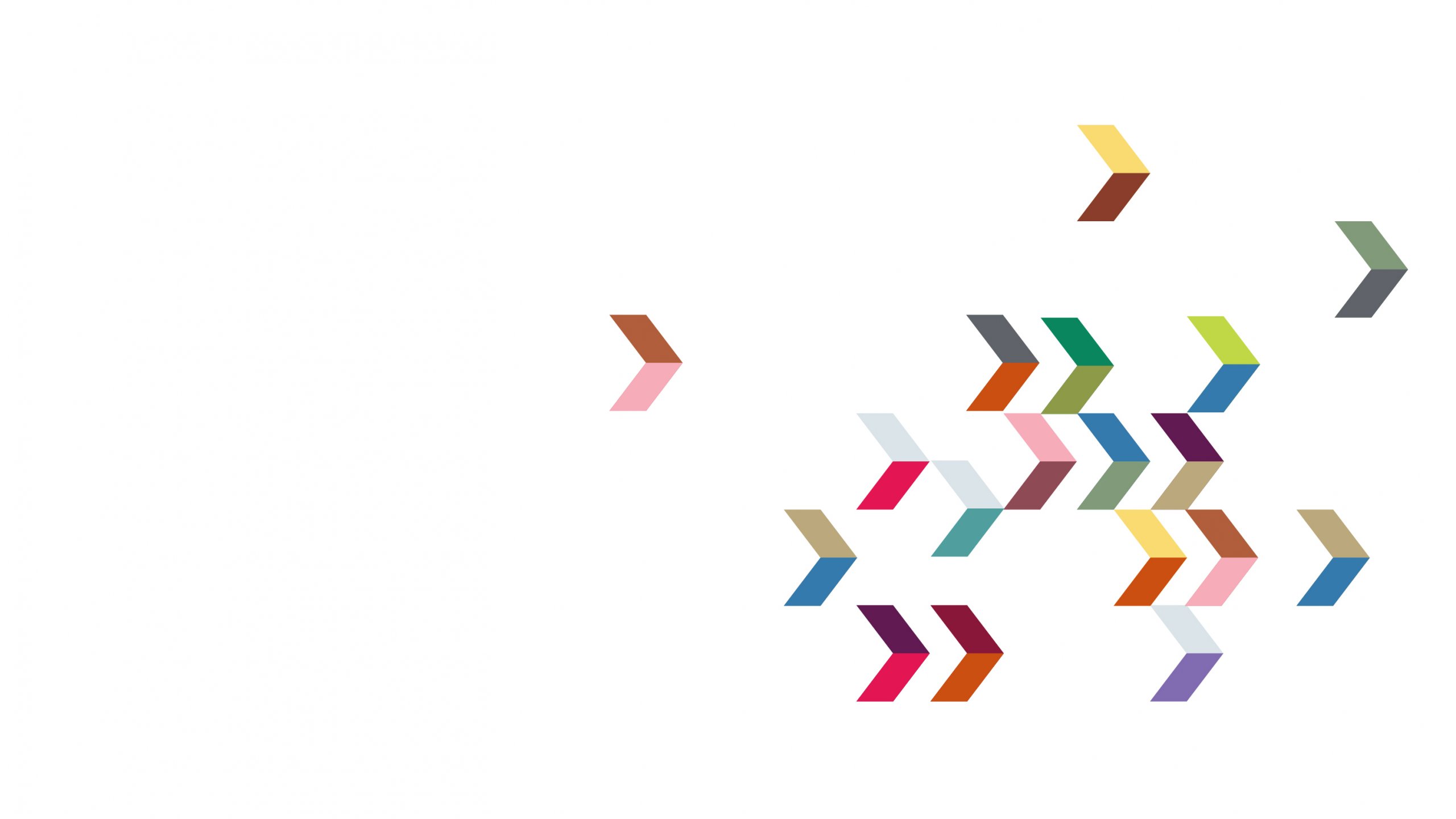Co-production is one of those terms that people like to keep a tight hold of. When I first started working in co-production in health, I heard people say “that’s not co-production” more often than what it did mean to them. Over time, I’ve seen the discouraging effect this accusation can have on people’s efforts to better involve the people they serve.
Co-production is a way of working where public services and the people they serve (or should serve, or hope to serve) work together in partnership to create something new, or improve an existing situation. There isn’t a single definition of co-production – there are lots out there. So how do you know if you’re doing co-production?
What does “co-production” mean?
The term “co-production” was coined in the 1970s by the political scientist Elinor Ostrom to combat the commonly held view of citizens as passive consumers of public services. Instead, Ostrom argued, we as citizens shape these services as we use them.
For example, the police don’t just stop people doing things, they learn from them, and their work is more effective when they are embedded in the communities they serve. Despite being commonly viewed as the mother of co-production, many of the things that Ostrom described as co-production would attract cries of “that’s not co-production!” now.

Another big name in co-production, is Edgar Cahn. His version of co-production has power being shared fully throughout a service:
“If you are a young person arrested for the first time for a non-violent offence in Washington now, the chances are that you will be arraigned not before a judge but in front of a jury of other teenagers, who will question you, judge you and sentence you. The sentence will include serving on a jury yourself.” Edgar Cahn, Time Dollar Institute (2003) – ‘Time Dollar Youth Court Annual Report 2003’ Washington DC: Time Dollar Institute
These are not the only versions of co-production out there, but they’re enough to show that it doesn’t just mean one thing (this also stands for related terms such as co-creation).
At Co-create, we’ve found the term is most valuable when a group of people or organisations create their specific version of co-production together.
What makes co-production work?
We don’t have a blueprint for co-production as:
- It needs to look different in different places
- It’s important that it’s something that’s built locally
Instead, we’ve created 10 components of co-production based on our seven years of experience supporting involvement in public services including NHS, Housing Associations and voluntary sector organisations. These are parts that, when in place, create the foundations for successful co-production work:

Equal
People’s knowledge and experience is valued equally, regardless of the role they hold.
Inclusive
Breadth of participation is actively encouraged, and time is taken to show people they belong here.
Open
Outcomes are developed through the process, not prescribed beforehand.
Human
Barriers are removed and circumstances created so that people can truly connect with one another.
Transparent
This is about clarity and accountability – ensuring everyone is on the same page.
Creative
The process allows everyone to be part of the creation of innovative solutions.
Positive
This is about taking a strengths-based ‘appreciative’ approach.
Action-focused
The process is used to improve or develop something that already exists, or to create something new.
Thorough
The process is considered in context, as part of everything around it, not as an isolated project.
Iterative
The focus is on testing, learning and improving through cycles of work, rather than on getting it right straight away.
The 10 components may also provide a useful checklist for the beginning, middle and end of projects. They may not all be possible in every situation, but we’ve always found it helpful to step back and ask if we’re including all the components we can.
Working towards co-production
My first role establishing and running a co-production-based service was in a secure hospital where patients were generally heavily medicated and would have left if they were allowed. In this context, the idea of professionals and service users having equal power would always feel like a charade. I had to drop my more idealistic picture of a perfect co-production and learn to celebrate the value of sharing more power.

Co-production takes place in a real-world context of pressured public services with limited resources, an often-exhausted workforce, and cultures that don’t make it easy to share power. There’s no shame in saying that at this time, in this context, full co-production is not manageable.
The important thing is moving in the right direction. Two questions that might help check you’re moving in the right direction:
- Does this feel a bit uncomfortable? It should be at least a little uncomfortable if you’re pushing things forward.
- Are you sharing more power than you have previously? If you’re not sure, ask people you’re working with how it feels.
One of the joys of co-production is that it looks and feels different wherever we do it. It’s about communities and organisations, or just people, working together on the challenges we face. If we can agree with those around us what we want to do and what we’ll call it, that’s a great start.
Co-create offer inclusive and effective training and workshops, online and in-person. Prices start from £1,200. If you’d like to discuss working with Co-create, please email info@wearecocreate.com or book in an informal chat here.
